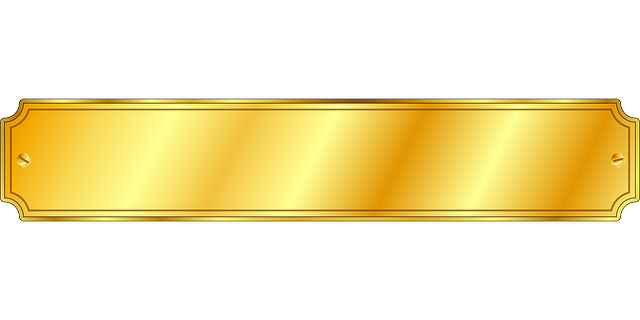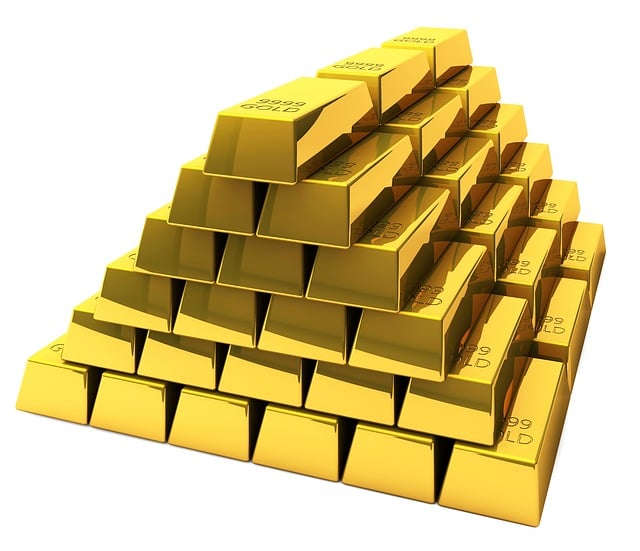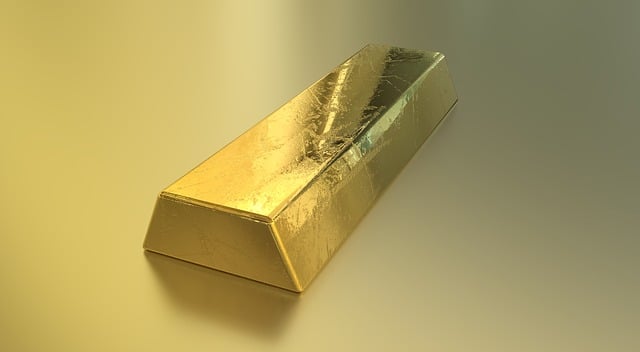
Legacy precious metals serve as a historically resilient investment, offering protection against economic volatility and currency depreciation. Gold, silver, platinum, and palladium have consistently maintained value over centuries. These metals not only provide a tangible asset that can preserve wealth across generations but also instill confidence in investors during uncertain economic times. However, it's crucial to be aware of legacy precious metals fees when considering these investments. These fees, including acquisition, storage, and insurance costs, are significant and should be carefully managed to maximize the assets' potential benefits. By understanding and effectively managing these fees, legacy precious metals can be a robust component of a diversified investment strategy, with the potential to increase in value over time, ensuring their enduring worth.
When selecting a provider for legacy precious metals, it's essential to consider competitive pricing and transparent fee structures. Legacypreciousmetals.com is one such platform offering a wide array of physical precious metals with reasonable fees. Investors should scrutinize acquisition, storage, and selling fees carefully, as these can impact long-term returns. By doing so, they can optimize the resilience and overall return potential of their investment portfolio in the face of economic instability or inflation. A thorough understanding of these fees is essential for investors to make informed decisions and align their investment strategies with their financial objectives.
Explore the timeless appeal and enduring value of legacy precious metals through an in-depth guide that elucidates their historical role in wealth preservation, and their place within a diversified investment portfolio. This comprehensive article delves into the various types of legacy precious metals, their associated fee structures, tax benefits, and the security measures essential for safeguarding your assets. It also examines the impact of these tangible investments on estate planning, the psychological comfort they provide, and the strategies for optimally buying and selling in the market. With a global perspective and insights from historical case studies, this guide empowers you with the knowledge to make informed decisions about legacy precious metals as part of your wealth management strategy.
- Unveiling the Enduring Value of Legacy Precious Metals
- The Historical Significance of Precious Metals in Wealth Preservation
- Types of Legacy Precious Metals and Their Role in a Diverse Portfolio
- Understanding the Cost Structure: A Closer Look at Legacy Precious Metals Fees
Unveiling the Enduring Value of Legacy Precious Metals

Legacy precious metals represent a timeless investment that has withstood the test of economic cycles and shifts in market dynamics over centuries. Unlike fleeting financial instruments, these metals—gold, silver, platinum, and palladium—hold intrinsic value that is independent of paper currencies’ fluctuating worth. Owning a portion of this enduring asset class can offer a hedge against inflation and currency devaluation, preserving purchasing power for future generations. The allure of legacy precious metals extends beyond mere financial protection; they are tangible assets that can be held physically, offering a sense of security and stability in an increasingly volatile world. Investors should consider the fees associated with acquiring, storing, and insuring these metals, as management of these costs is crucial for maximizing the benefits of holding legacy precious metals within a diversified investment portfolio. With careful planning and a clear understanding of the associated expenses, such as legacy precious metals fees, these assets can serve as a resilient component of one’s long-term financial strategy, ensuring that their value not only endures but appreciates over time.
The Historical Significance of Precious Metals in Wealth Preservation

Throughout history, precious metals have played a pivotal role in wealth preservation and economic stability, serving as a reliable store of value across generations. Gold, silver, and other noble metals have been revered for their intrinsic worth and durability, often transcending the fluctuating nature of fiat currencies. The use of precious metals dates back to ancient civilizations, where they were not only symbols of power and status but also mediums of exchange that held inherent value. As societies evolved, so did the role of these metals; they became a hedge against inflation and economic uncertainty, a legacy that continues into the modern era with legacy precious metals programs. These programs, designed to minimize legacy precious metals fees, offer investors a tangible asset that can be passed down through families, preserving wealth and providing financial security for future generations. The historical significance of these metals lies in their ability to maintain purchasing power over time, making them a cornerstone of diversified investment portfolios aimed at long-term value retention. Investors increasingly recognize the importance of integrating precious metals into their legacy planning, recognizing that even with management fees, they offer a unique form of asset preservation that has withstood the test of time and economic upheavals.
Types of Legacy Precious Metals and Their Role in a Diverse Portfolio

Legacy precious metals encompass a range of investment-grade commodities, primarily gold, silver, platinum, and palladium. These metals have historically served as hedges against inflation and economic uncertainty. Incorporating legacy precious metals into an investment portfolio can provide a balance to equity and bond holdings, acting as a diversifier that can potentially offer protection during market downturns. Gold, often considered the most traditional of safe-haven assets, has a negative correlation with paper currencies, making it a valuable asset in times of currency devaluation or inflation. Silver, while also serving as an industrial metal, offers growth potential through its use in technology and healthcare, alongside its role as a monetary metal. Platinum and palladium are sought after for their applications in the automotive industry, particularly in emission control systems, providing another layer of diversification.
When considering legacy precious metals within a portfolio, it’s crucial to evaluate the associated fees. Legacypreciousmetals.com offers competitive pricing structures that can significantly impact investment returns over time. The fees for storage, insurance, and purchase spreads should be transparent and reasonable, ensuring that investors can maximize their returns without excessive costs eating into potential gains. By carefully selecting a provider with favorable legacy precious metals fees and a comprehensive offering of physical assets, investors can effectively integrate these tangible assets into their broader investment strategy, thereby enhancing the overall resilience and performance of their portfolio.
Understanding the Cost Structure: A Closer Look at Legacy Precious Metals Fees

When delving into the realm of investment, understanding the cost structure associated with legacy precious metals is pivotal for investors. Legacy precious metals fees encompass a range of charges that can impact your overall return. These fees are not merely a transactional nuance but play a significant role in the profitability and efficiency of your investment over time. Typically, these fees can be categorized into three primary types: acquisition fees, storage fees, and selling fees. Acquisition fees, which include premiums over the spot price, are incurred at the point of purchase and vary depending on the dealer and market conditions. Storage fees, on the other hand, cover the secure maintenance of your precious metals holdings, whether they’re kept by a private entity or within a facility designed for this purpose. Finally, selling fees are levied when you liquidate your assets, and these too can differ based on the buyer, market circumstances, and the type of sale arrangement. It’s crucial to scrutinize these costs in relation to the potential returns, as they can significantly affect the net value of your legacy precious metals investment. Investors should consider how these fees are structured by their chosen service or provider, as some may offer competitive rates that could enhance the long-term value of your holdings. A clear understanding of legacy precious metals fees is indispensable for making informed decisions and aligning your investment strategy with your financial objectives.
Legacy precious metals hold a timeless appeal, not only for their historical significance in wealth preservation but also for their ability to enhance the resilience of modern investment portfolios. This guide has delved into the enduring value these assets offer, from their roles as tangible storehouses of wealth to the intricacies of their cost structure, particularly the fees associated with legacy precious metals. By understanding the various types and how they fit within a diversified investment strategy, investors can make informed decisions that align with their long-term financial objectives. As a final note, for those interested in safeguarding their wealth through these historical yet ever-relevant assets, it is crucial to carefully consider the associated costs to optimize the benefits of legacy precious metals within their broader financial plan.







